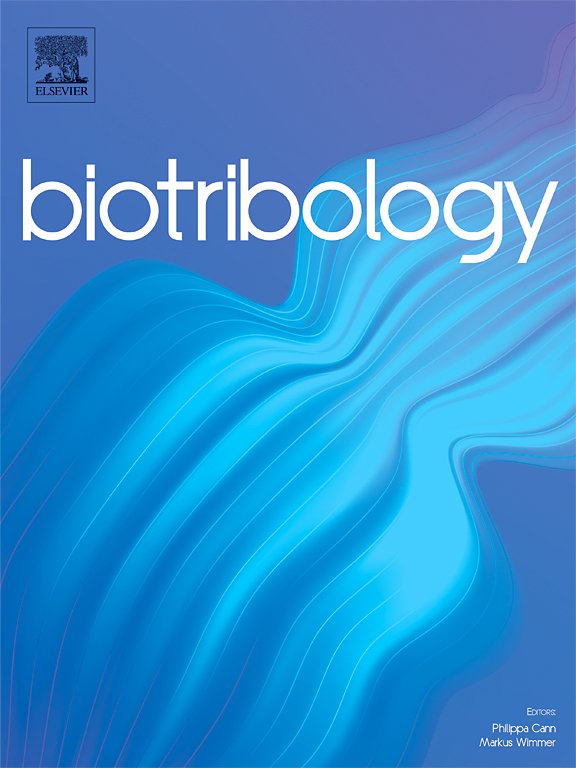Polyethylene wear has been a concern for the longevity of total knee replacements (TKR). A characteristic wear feature often observed on the articular surfaces of retrieved polyethylene tibial inserts is a striated pattern of hills and troughs. This pattern is of interest because its surface area has been found to correlate with increased tibial insert wear. We therefore addressed the following two research questions: (1) What is the prevalence of the striated pattern on a contemporary tibial insert design made from conventional ultra-high-molecular-weight polyethylene (UHMWPE)? (2) Are the peaks and troughs of the striated pattern connected with differences in crystallinity developed during the wear process? The prevalence and area coverage of the striated patterns were determined on a set of 81 retrieved tibial inserts of a cruciate-retaining TKR design. The striated areas were mapped using an optical coordinate measuring machine. Differences in crystallinity between troughs and hills were determined on a representative tibial insert using Raman spectroscopy. The striated pattern was observed on 61 out of 81 (75%) of the retrieved tibial inserts, covering an average of 32% of the total articular area. In the representative insert that was evaluated, the hills exhibited higher crystallinity (68%) than the troughs (54%) (p = 0.001). Conversely, the troughs exhibited higher amorphous phase content (22%) than the hills (19%) (p = 0.04). In conclusion, this pattern of hills and troughs is another example of microstructural changes in UHMWPE stemming from tribological stresses.


